Click here to see the online version.
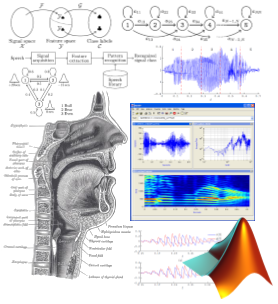 |
Training on The Hidden MARKOV Model with application in Speech Analysis and Signal Recognition Klang Valley |
 |
HMM theoretical models to practical applications ..."
Speech recognition is the process by which a computer or machine identifies spoken words. The speech recognition system, in general, comprises speech segmentation, feature extraction, and feature matching with a trained library of stored features. Speech segmentation is easily accomplished by segmenting at points where the power of the sampled signal goes to zero. Feature extraction may be done in a variety of ways, depending on the features one chooses to extract. Typically, these are the coefficients that collectively represent the short-time spectrum of the speech signal, such as the mel-frequency cepstral coefficients (MFCCs) or the linear prediction cepstral coefficients (LPCCs). Feature matching is traditionally implemented via dynamic time warping, which provides a means for the temporal alignment of two speech signals which may vary in time or speed. |
Modern speech recognition systems are, however, based on hidden Markov models (HMMs), developed by Leonard E. Baum and his coworkers in the late 1960s. The HMM is a statistical Markov model in which the system being modeled is assumed to be a Markov process with unobserved (or hidden) states. As speech signals are short-time stationary processes, modeling speech signals as HMMs is feasible and offers great advantages over the predecessor. |
The course begins with an overview of the speech recognition problem, and a review of some common speech analysis models. The dynamic time warping algorithm and the hidden Markov model are then introduced in turn, with the basic principles behind these methods discussed both through theory and practice. Programming examples are provided at the end of each section to help reconcile theory with actual application.
Course Outline
Day 1
- Introduction
- The speech signal
- The signal classification problem
- Speech analysis models
Filter banks, Critical band scales, Linear prediction, Autoregressive models, Homomorphic systems, Cepstral transformation, Cepstral coefficients
- Pattern recognition
Distance and distortion measures, Time alignment, Dynamic time warping, Dynamic programming
Day 2
- Hidden Markov models
States and observations, State transition probabilities and observation probabilities, The three problems
- The evaluation problem
Forward and backward variables
- The decoding problem
Viterbi algorithm
- The learning problem
Maximum likelihood estimation, Expectation-maximization algorithm, Discrete observation symbols, Continuous observation densities
- Implementation issues
Left-right hidden Markov models, The initial estimates
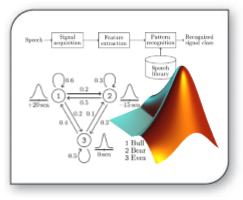

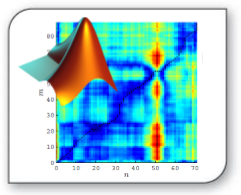
Who Should Attend
The primary target audiences for this course are scientist, mathematicians, engineers and programmers at all levels who work with or need to learn about speech recognition and/or the hidden Markov model. No background in either of these topics are, however, assumed. The detailed course material and many source code listings will be invaluable for both learning and reference.
Prerequisites
A basic knowledge of probability theory, signal processing and Matlab programming is necessary.
Note: Due to the nature of the course and the learning expectations, the availability seats are limited. You need to register early to obtain confirmation of your space.
 02 & 03 OCT, 2017 @ MY
02 & 03 OCT, 2017 @ MY
Venue : Klang Valley
10 % Early Registration Discount before 02 SEP 2017
10 % Group Discount for 3 or more from same organization
Sign Up Now
Other upcoming courses to enrich and enhance your technical computing capability and data anaysls skill-set, Just click onto the Title to find out more details.
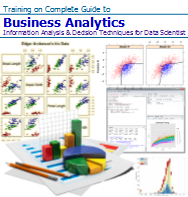 |
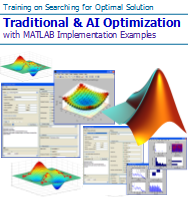 |
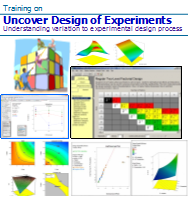 |
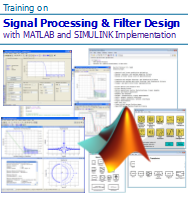 |
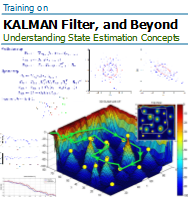 |
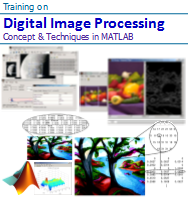 |
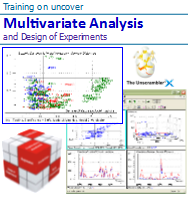 |
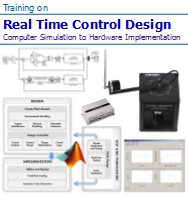 |
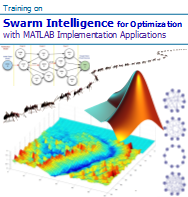 |
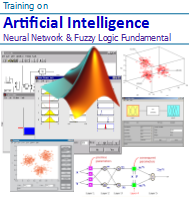 |
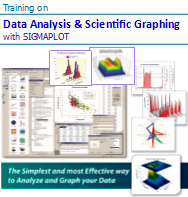 |
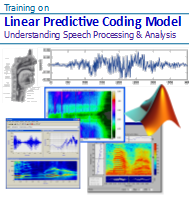 |
For more information, please contact us at enquiry@solutions4u-asia.com
The updates of our training program are sent to you, as we think that they might be of interest and benefit you. Please help to forward to others who may be interested. However, you may unsubscribe if you do not wish to receive further mailing from us. Thank you.